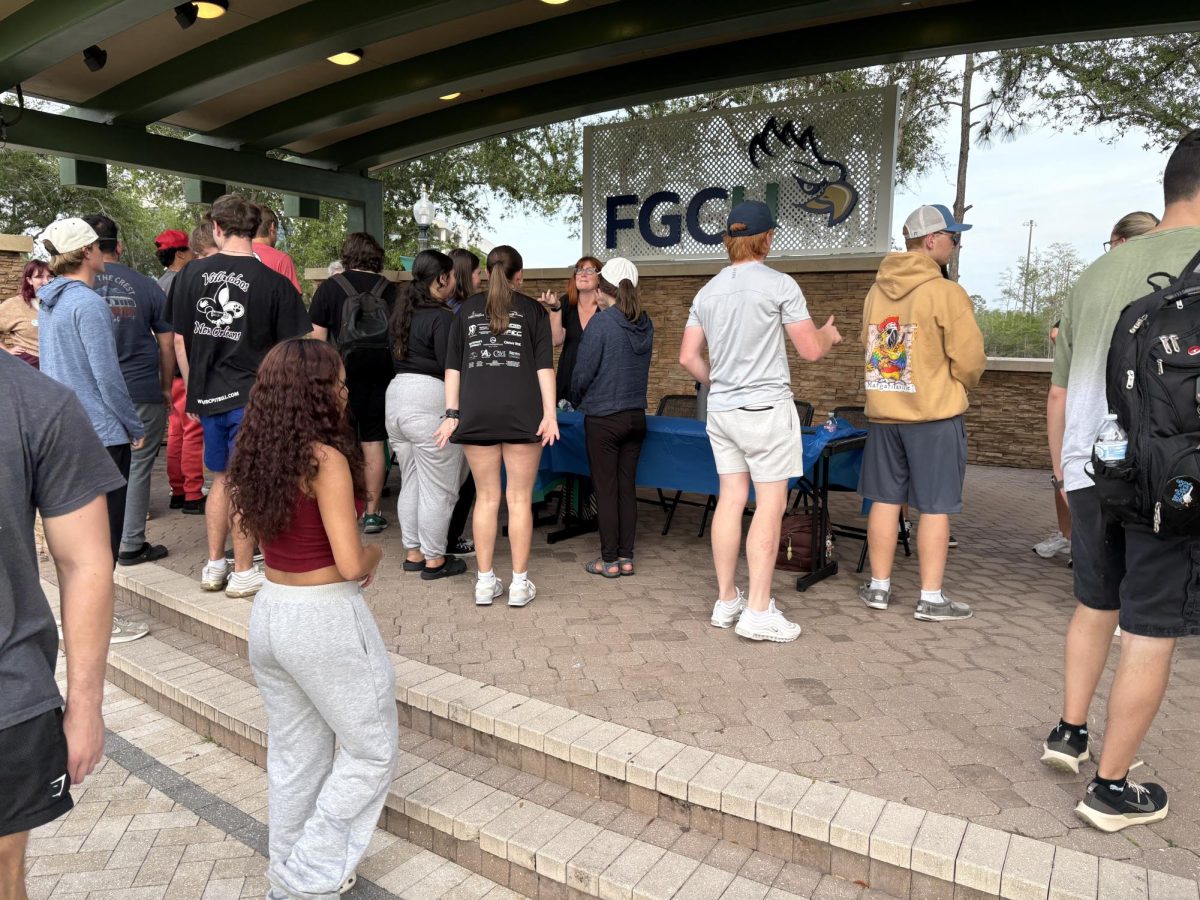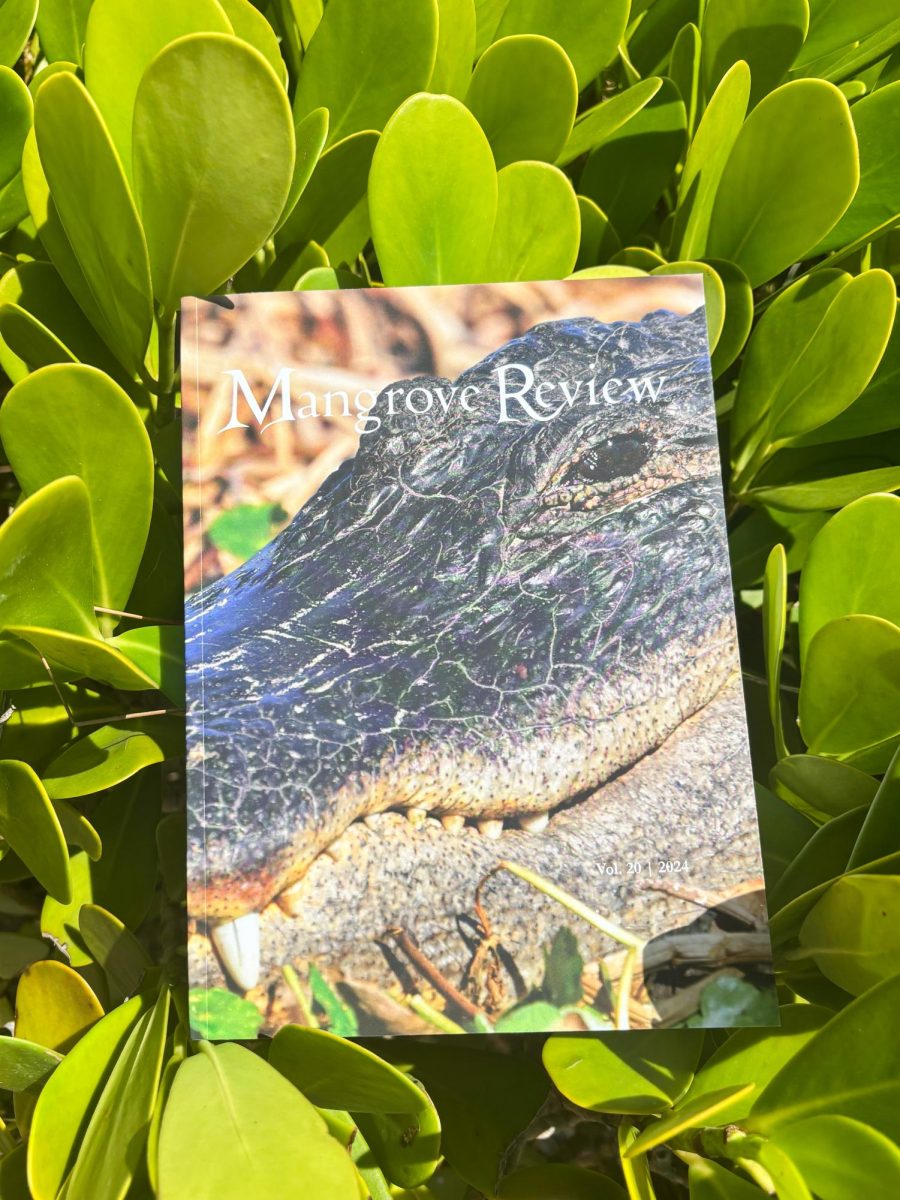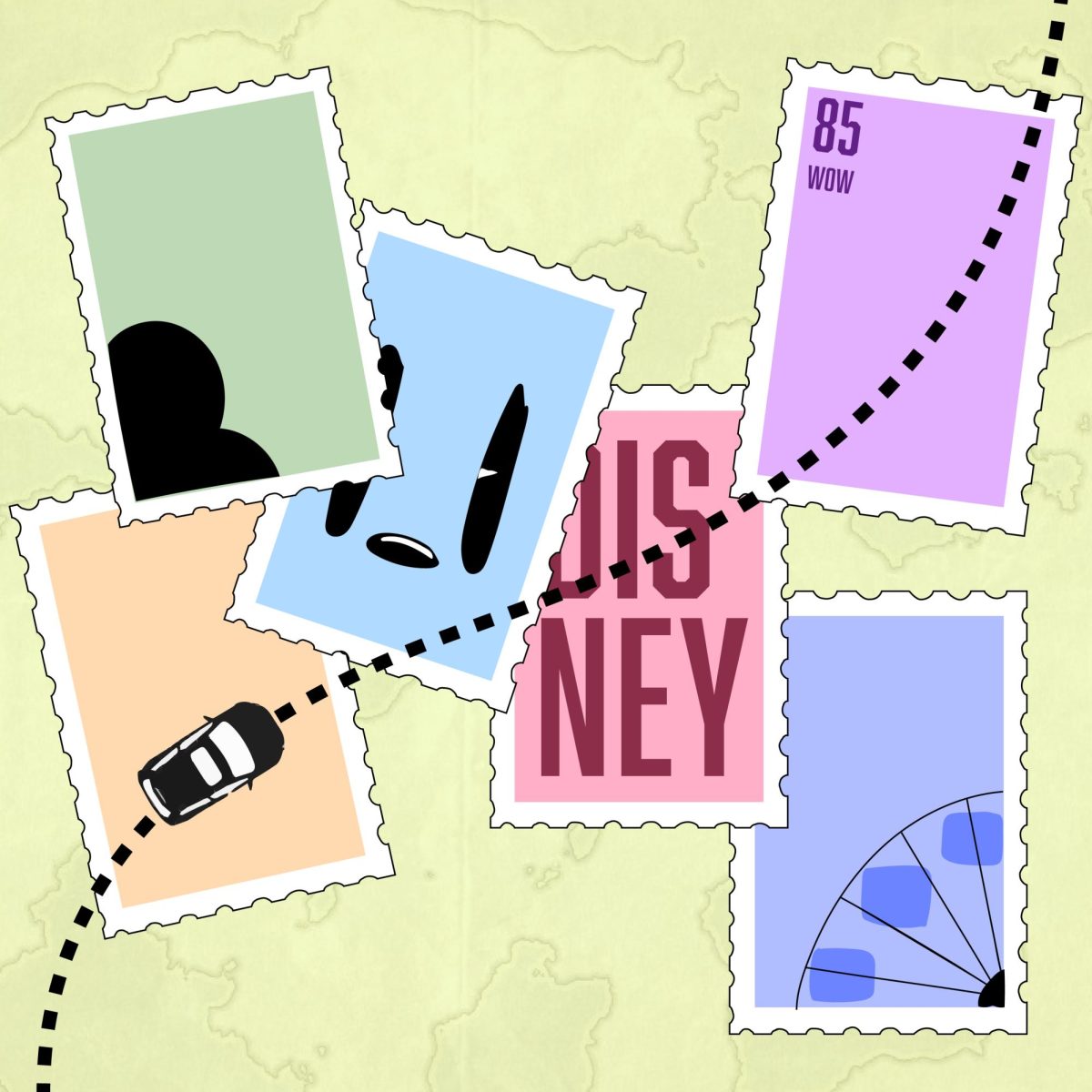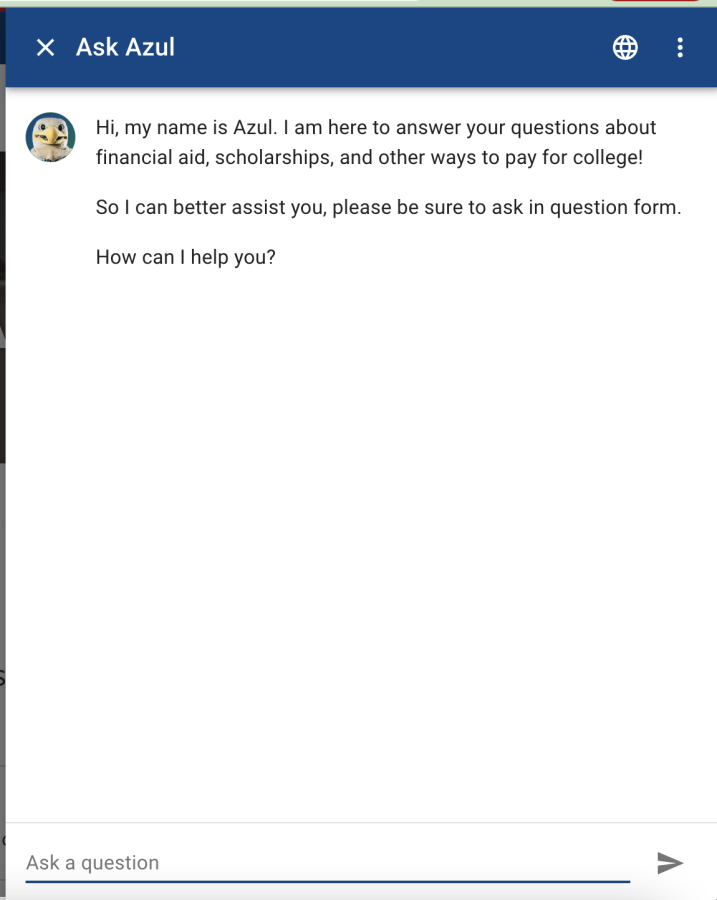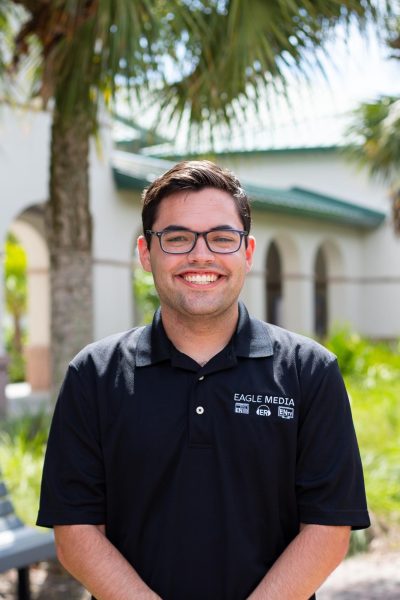FGCU’s Own AI Feature: “Ask Azul”
June 28, 2023
With the rise of ChatGPT and Google’s Bard, Artificial Intelligences have been in the news a lot lately. What most people don’t know is that FGCU has one of their own: Ask Azul.
On the FGCU website you can go to the lower right corner of the screen and ask Azul questions. After asking Azul a question, it will take you to parts of the website to help you find what you are looking for. It can respond to both English and Spanish questions.
Ocelot is the company responsible for Ask Azul. Ocelot allows colleges to purchase chatbots. FGCU paid $70,000 for 3 years of access to 5 topic areas, according to Associate Vice President for Student Financial Enrollment & Business Services, Jorge Lopez, in the June Board of Trustees (BOT) meeting.
Ask Azul is not on the homepage of FGCU, however, it is available for use on specific topic areas such as financial aid and scholarships, student account: tuition and payments and housing.
At the June BOT meeting, the results of Ask Azul were discussed as well as presented in a PowerPoint.
The top topics searched for were ‘scholarships’, ‘tuition’, ‘award letter’, ‘dorms’ and ‘application’. The topics that caused the most ‘I don’t know’ responses were ‘Northlake rooms’, ‘how do I commit’, ‘how do I access Gulfline’, ‘nursing acceptance rate’, and ‘returning room selection’.
Azul averaged 294 conversations weekly, with the most occurring on the week of Jan 15, at 400. It was used most often between the hours of 11 a.m. and 1 p.m., with a peak of nearly 700 uses at 11 a.m. over the course of 8 weeks.
Since October 2021, Ask Azul has answered 36,224 questions. This application has saved 2,007 staff hours and an estimated $189,270, money that would’ve paid for those staff hours. Data from the chatbot shows 25% of questions answered were after regular work hours.
Some upgrades for the future for Ask Azul have been proposed such as integration with Eagle View Orientation, academic advising and even student success counseling. Another proposal was linking students to their university records, so they could see their own student records.

